Introduction
Semiconductor foundries are crucial to technological advancement, serving as the backbone of chip manufacturing. These facilities produce the sophisticated semiconductors that power our modern devices, from smartphones to smart home systems. Despite their vital role, their contributions often go underappreciated. This article delves into the top 10 semiconductor foundries shaping the global chip manufacturing landscape as of the first quarter of 2024, based on recent data from TrendForce.
Follow us on Twitter: https://x.com/TechoVedas
Understanding Semiconductor Foundries
Semiconductor foundries are specialized manufacturers that produce integrated circuit (IC) chips designed by external companies.
These foundries possess advanced technology and equipment, enabling large-scale production of intricate circuits. 
Image Credits: Trendforce
By outsourcing manufacturing, design companies can focus on creating innovative chips without investing in their own production facilities.
Intel Announces Two-Year Warranty Extension on 13th- and 14th-Gen Core Processors – techovedas
Key Characteristics of Semiconductor Foundries
Advanced Manufacturing Processes: Leading foundries use state-of-the-art technologies, such as advanced CMOS processes, to produce high-performance, low-power chips.
Massive Production Capacity: These facilities are equipped with extensive production lines capable of manufacturing numerous chips simultaneously, enhancing cost efficiency.
Quality Control and Testing: Rigorous quality control measures and comprehensive testing services ensure that chips meet stringent specifications.
Design Support: Some foundries offer design assistance, helping clients optimize their chip designs for specific manufacturing processes.
Top 10 Semiconductor Foundries for Q1 2024
1. TSMC (Taiwan Semiconductor Manufacturing Company)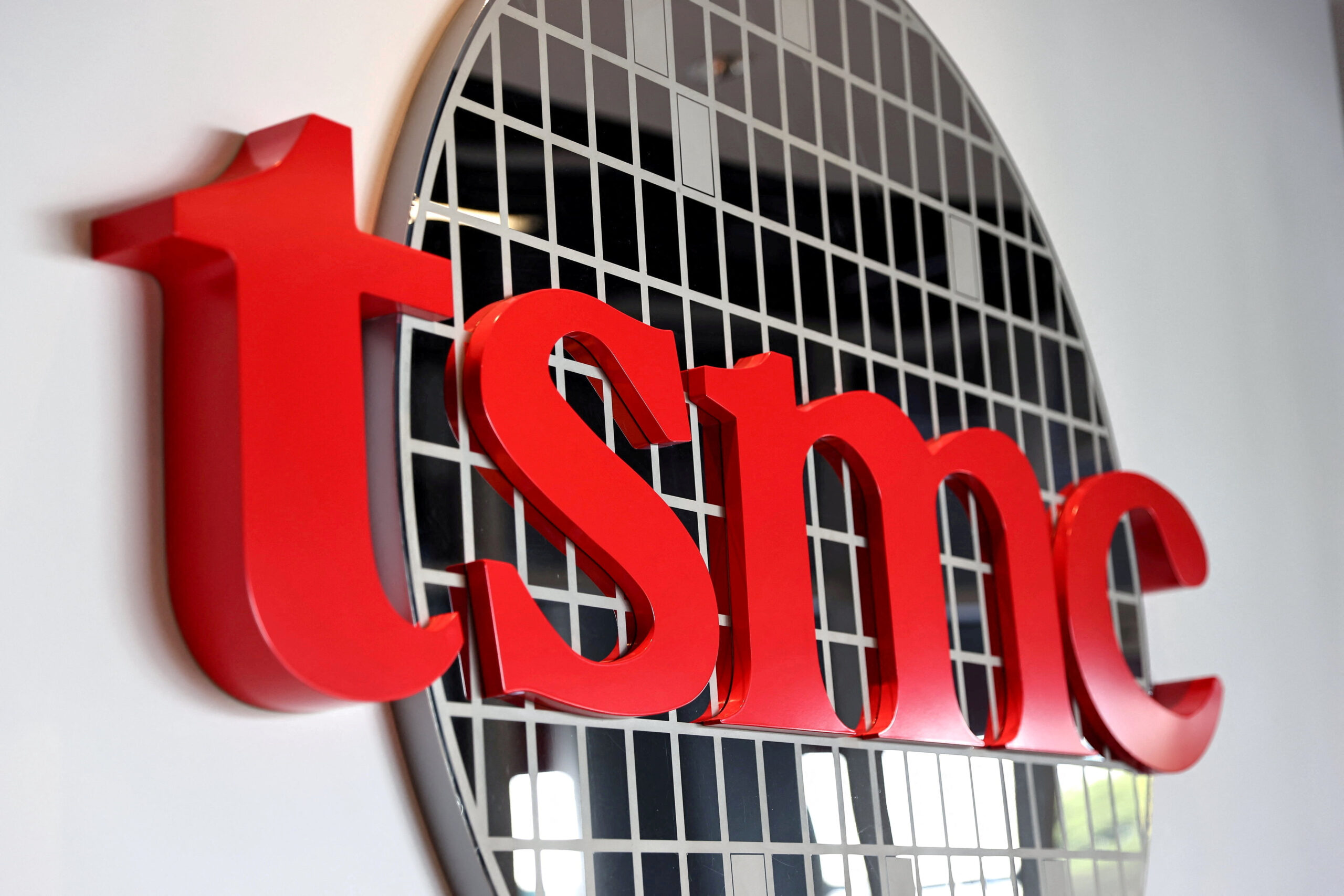
TSMC, headquartered in Hsinchu, Taiwan, remains the world’s largest semiconductor foundry. Despite a slight revenue dip of 4.1% to $18.85 billion in Q1 2024, TSMC holds a commanding 61.7% market share.
The company’s advanced technologies, including 3nm, 5nm, and 7nm processes, drive its leadership position.
TSMC’s focus on AI and high-performance computing (HPC) sectors, along with its anticipated 2nm process introduction by late 2025, positions it strongly for future growth.
$2.83 Billion Investment: HKUST Launches Pioneering First GaN Epi-Wafer Pilot Line – techovedas
2. Samsung Foundry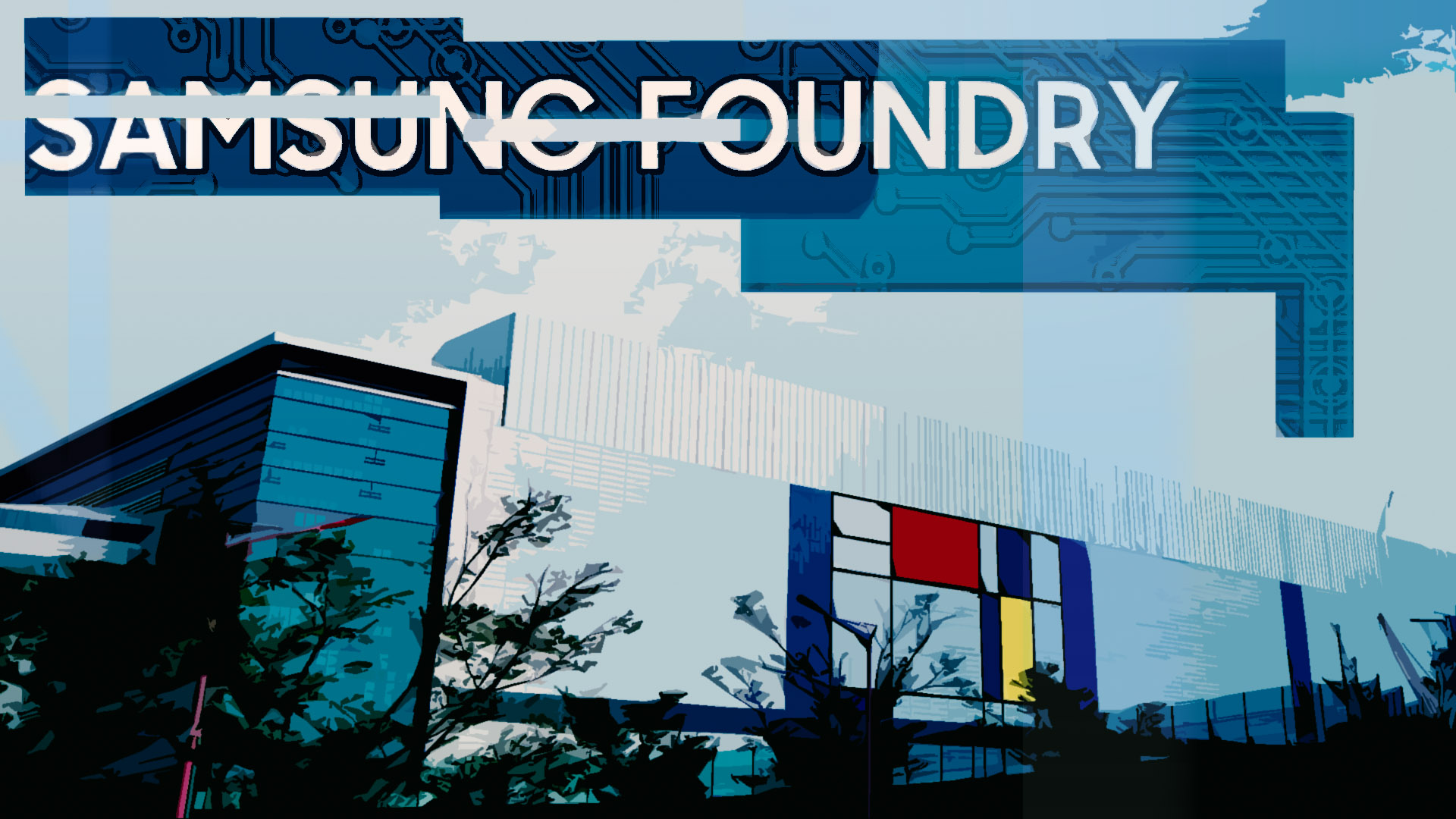
Samsung Foundry, a division of Samsung Electronics based in South Korea, reported a revenue decrease of 7.2% to $3.36 billion in Q1 2024, reflecting challenges in the smartphone sector and domestic substitution trends. Samsung’s development in 3nm and 2nm technologies continues, with the company striving to stabilize its revenue in the upcoming quarters.
3. SMIC (Semiconductor Manufacturing International Corporation)
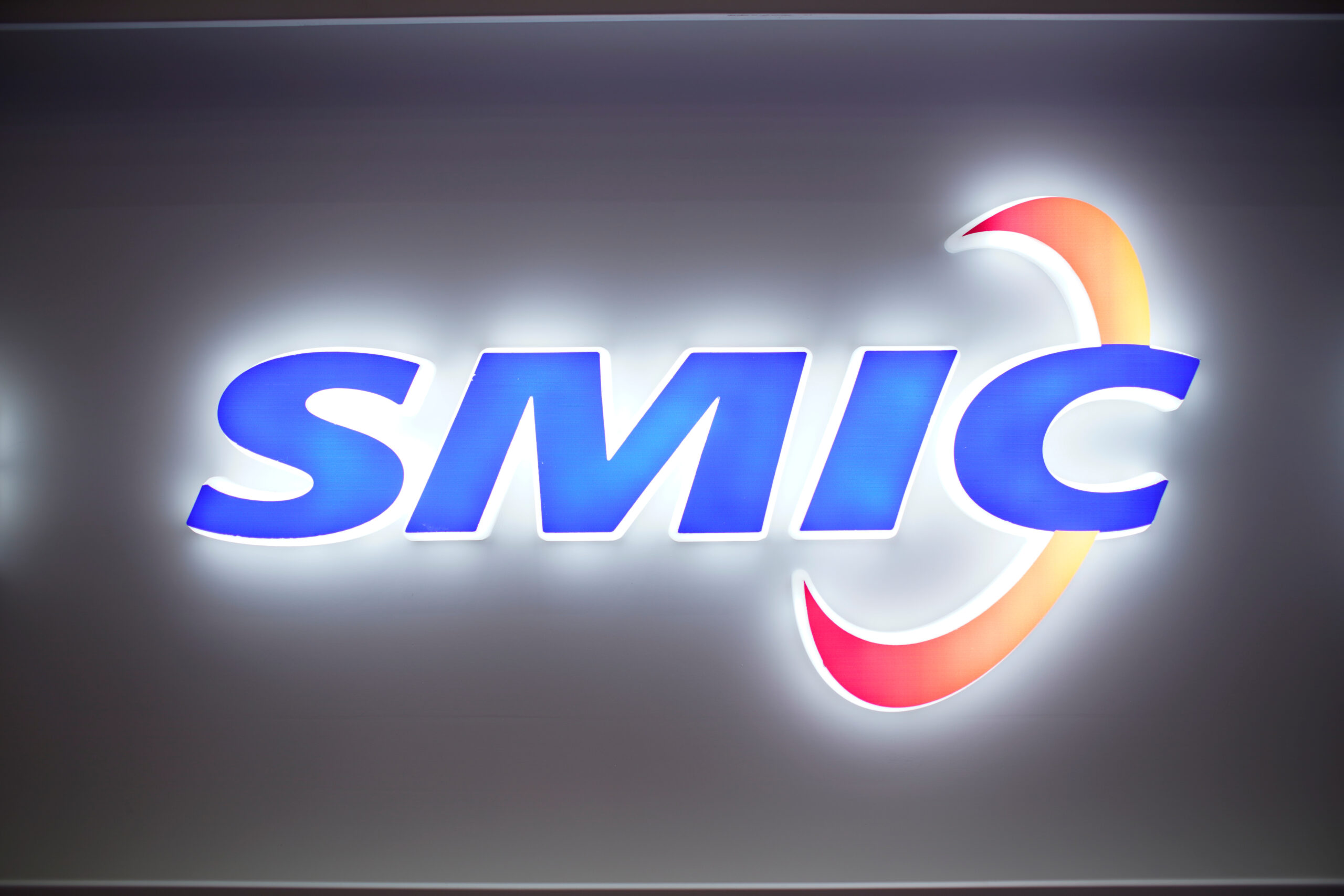
Shanghai-based SMIC is China’s largest semiconductor foundry. Its revenue grew by 4.3% to $1.75 billion in Q1 2024, capturing a 5.7% market share.
Driven by domestic IC substitution and increased demand from Chinese smartphone makers, SMIC has risen to the third position globally. The company is focusing on maintaining growth through consumer festivals and optimizing its wafer production.
4. UMC (United Microelectronics Corporation)
UMC, also based in Taiwan, achieved a marginal revenue growth of 0.6% to $1.74 billion in Q1 2024, holding a 5.7% market share. Known for its reliable 28nm to 90nm process nodes, UMC faces price pressure but continues to be a key player in the semiconductor foundry market.
Apple New Heartbeat-Based Authentication: A Revolution in Biometric Security – techovedas
5. GlobalFoundries
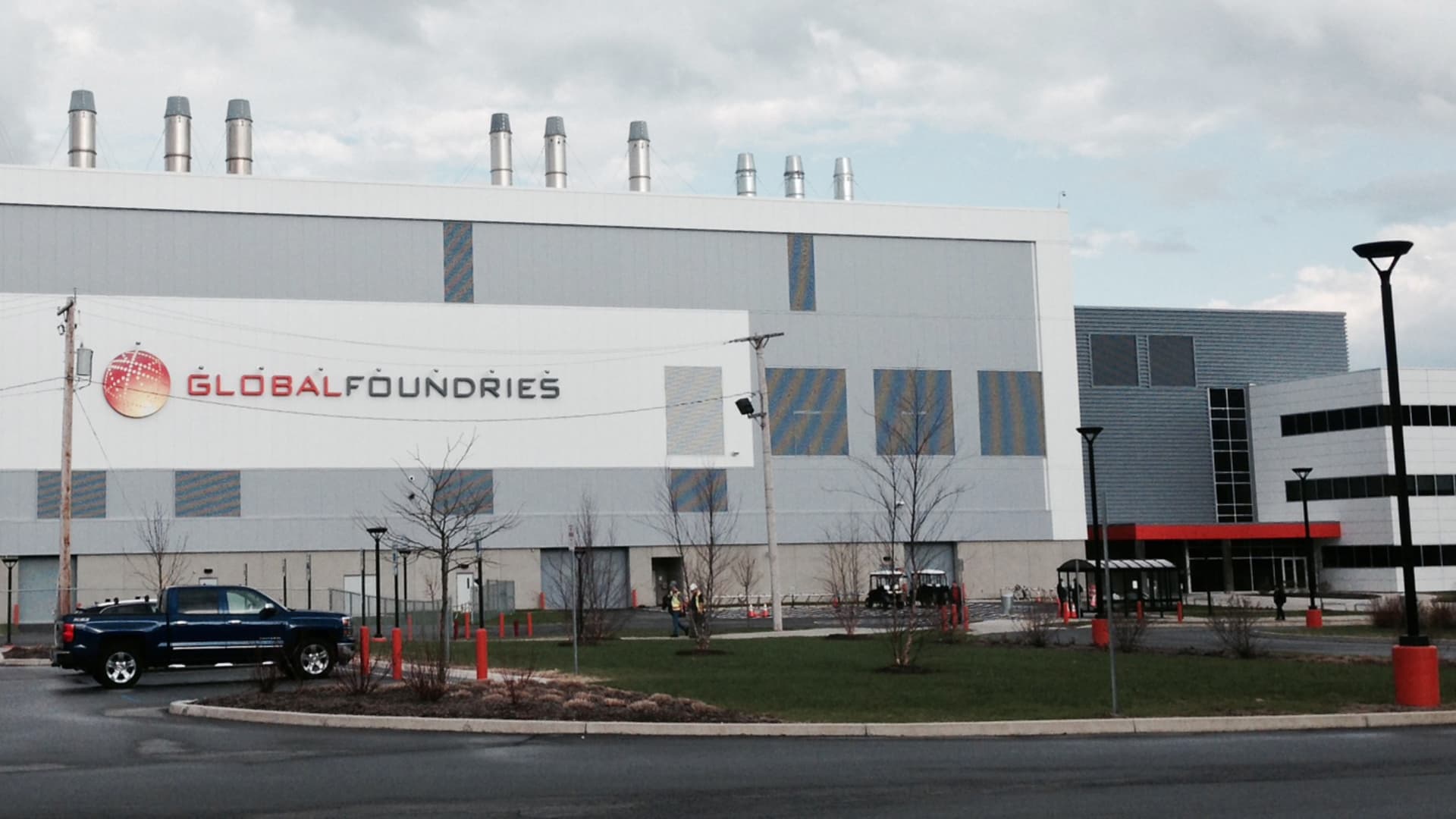
GlobalFoundries, headquartered in Santa Clara, California, experienced a revenue decline of 16.5% to $1.55 billion in Q1 2024.
The company’s market share fell to 5.1%, impacted by seasonal effects and sector-specific adjustments. GlobalFoundries continues to offer diverse process technologies across various industries.
6. Hua Hong Semiconductor

Also known as HHGrace, Hua Hong Semiconductor is a major player in China’s semiconductor industry. Headquartered in Shanghai, the company saw a slight revenue increase of 2.4% to $0.67 billion in Q1 2024, holding a 2.2% market share. Hua Hong’s focus on advanced process technology contributes to its role in China’s semiconductor development.
7. Tower Semiconductor
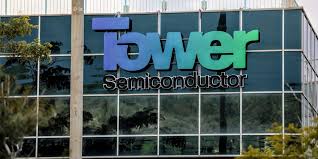
Based in Israel, Tower Semiconductor (TowerJazz) specializes in analog and mixed-signal manufacturing. Despite facing intense price competition, Tower reported a 7.1% revenue decline to $0.33 billion in Q1 2024, maintaining a 1.1% market share. The company continues to innovate in sectors like automotive and aerospace.
8. PSMC (Powerchip Semiconductor Manufacturing Corporation)
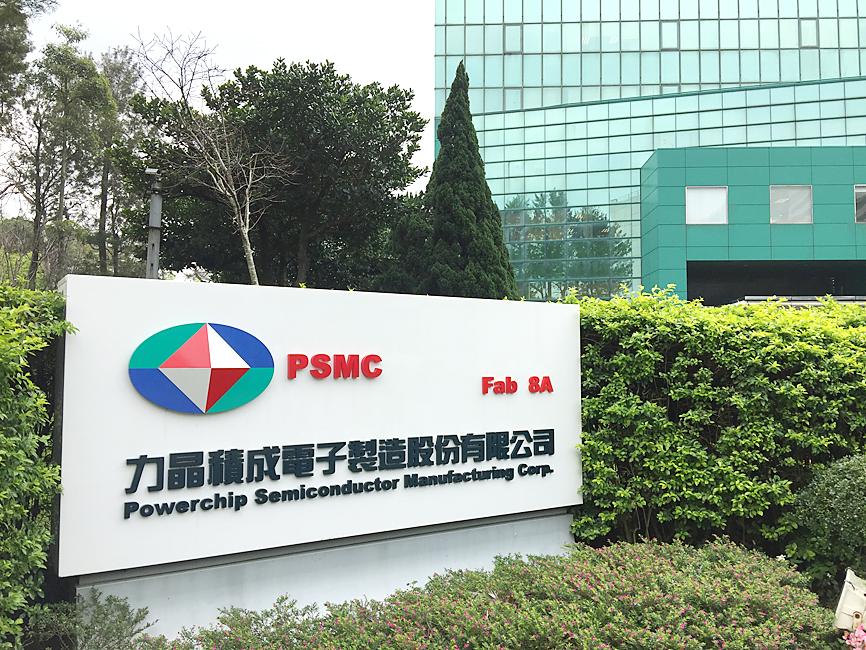
PSMC, headquartered in Hsinchu, Taiwan, focuses on memory and logic technologies. The company experienced a 4.2% revenue decrease to $0.32 billion in Q1 2024, holding a 1% market share. PSMC’s commitment to quality remains a cornerstone of its operations amidst competitive pressures.
Intel Slashes 15% of Workforce in Historic Restructuring in 56 Years – techovedas
9. Nexchip

Nexchip, based in Hefei, China, is one of the fastest-growing foundries, specializing in specialty processes. The company saw a modest revenue increase of 0.6% to $0.31 billion in Q1 2024, with a 1% market share. Nexchip’s rapid growth reflects its expanding role in the global semiconductor landscape.
10. VIS (Vanguard International Semiconductor)
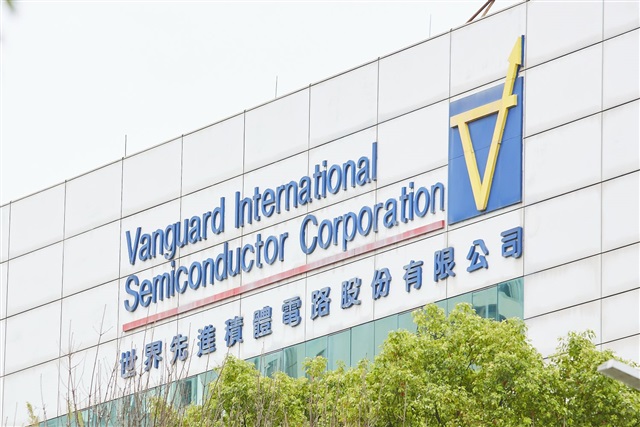
VIS, a Taiwanese foundry headquartered in Hsinchu, focuses on analog and mixed-signal technologies. The company’s revenue increased by 0.7% to $0.30 billion in Q1 2024, securing a 1% market share. VIS continues to contribute to technological advancements in the semiconductor industry.
Conclusion
The semiconductor foundry market experienced a downturn in Q1 2024 due to factors such as the off-season for consumer electronics and external challenges like inflation and geopolitical tensions.
Despite these difficulties, the demand for AI servers provided a positive outlook. Leading foundries like TSMC, Samsung, and SMIC maintained their positions through strategic advancements and technology developments.
Meanwhile, Tier 2 foundries like HuaHong, Tower, PSMC, Nexchip, and VIS faced slower recoveries and price competition.
The market is expected to gradually recover, with a focus on new smartphone releases and AI-driven demand in the latter half of the year.





